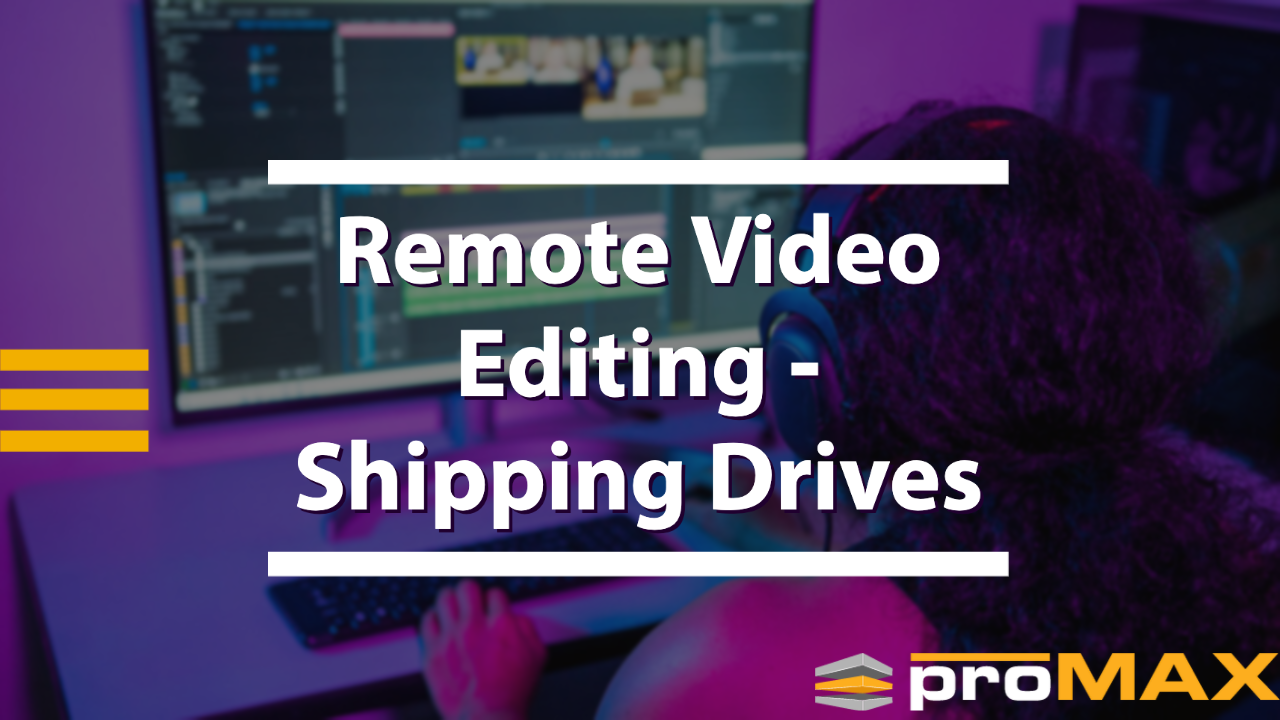Shipping Drives
What are the pros and cons of shipping drives instead of using the internet to transfer data? The upsides of shipping drives are that it is a “known quantity,” we all understand what we’re getting when we ship or receive a drive, and it is a fast way to get a large amount of data from one place to another. The downside is that it is relatively expensive. In addition, keeping track of all the different drives and the multiple versions of files that un-synced duplication inevitably creates can be extremely messy.
Key Points
- Shipping drives around is still a popular workflow for many video editors, even though it can be time-consuming and creates an organizational mess.
- The main benefit of shipping drives is that it’s easy. The sender and receiver typically don’t need special training to prepare and use the drive.
- The downside of shipping drives is that it can take a long time to transfer the data, and it can be challenging to keep track of everything once things are duplicated, and multiple versions exist.
- Some video editors use local sync software to keep track of their data, but this can be difficult if multiple drives in remote locations are involved.
You need to know that shipping drives are usually a fallback option when the data set is too big or a faster remote option has failed consistently or has difficulty with a particular type of data. It’s typically just one component of a larger workflow and is usually paired with different cloud options and other solutions.
If you are looking for a simpler alternative, check out our State of the Remote Video Editing Workflow - 2023.


